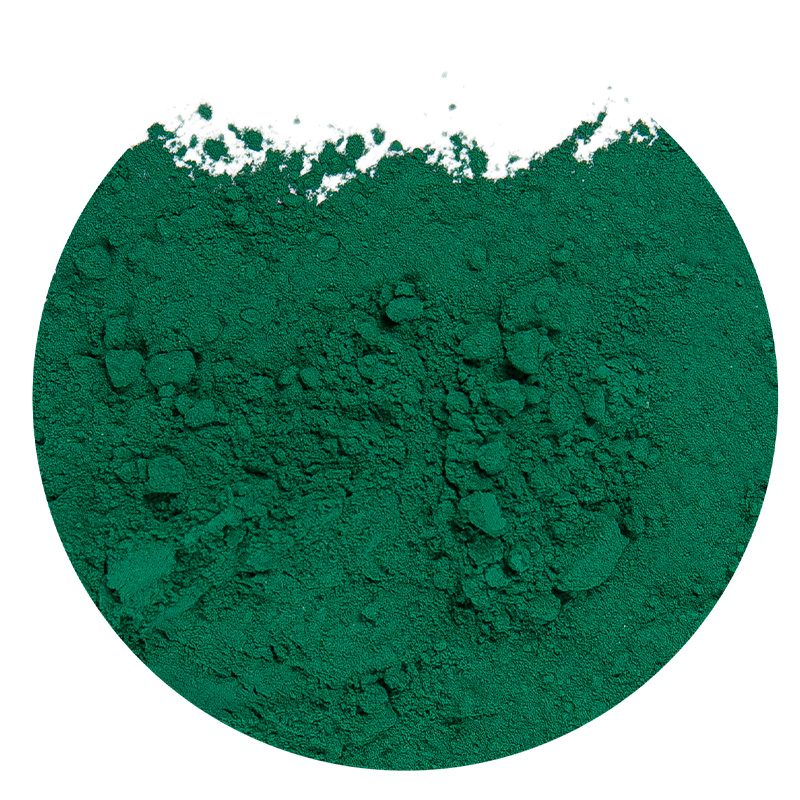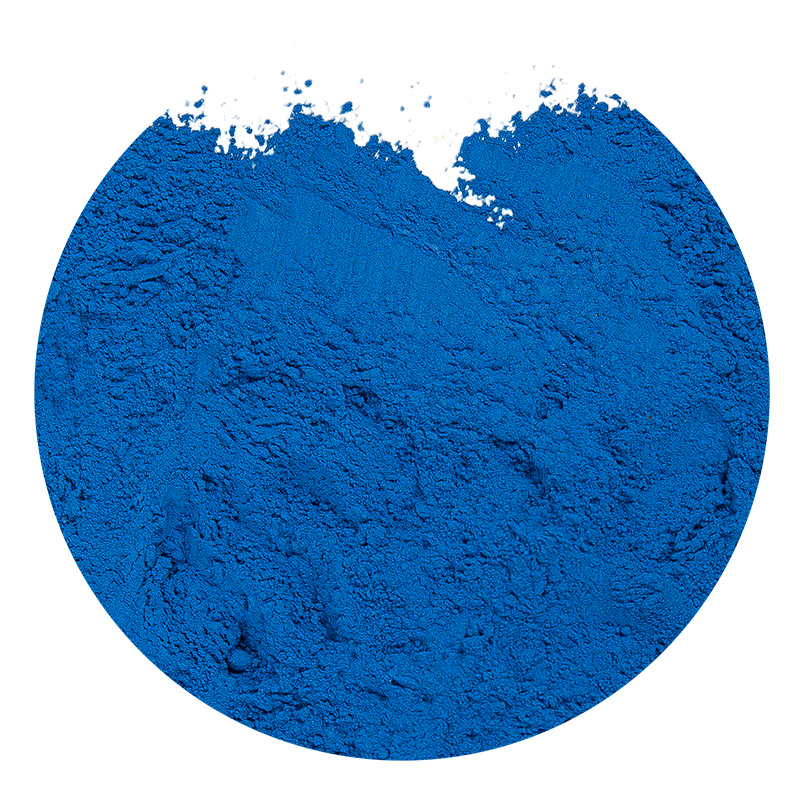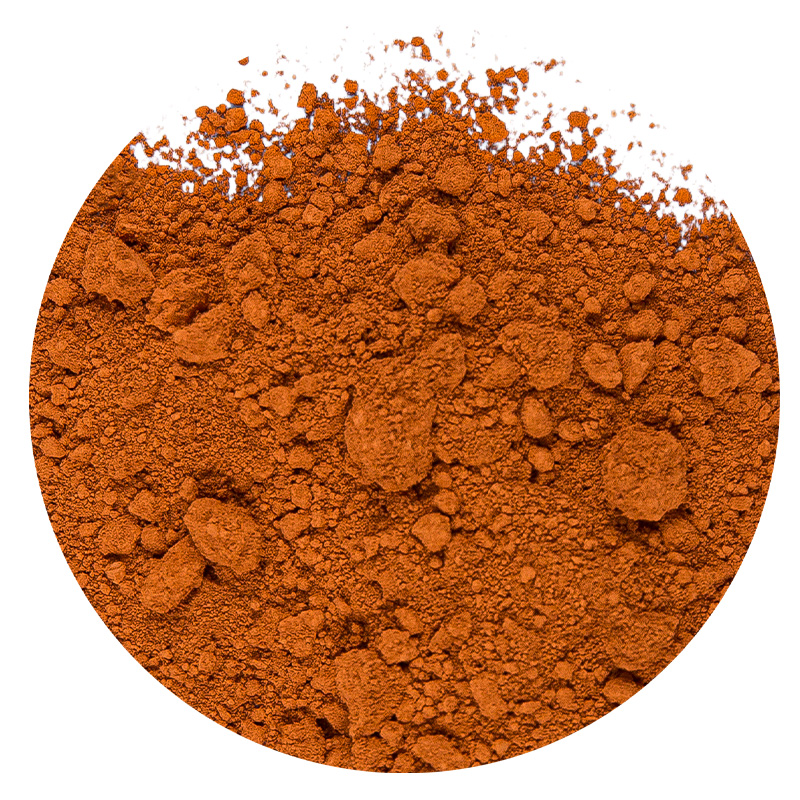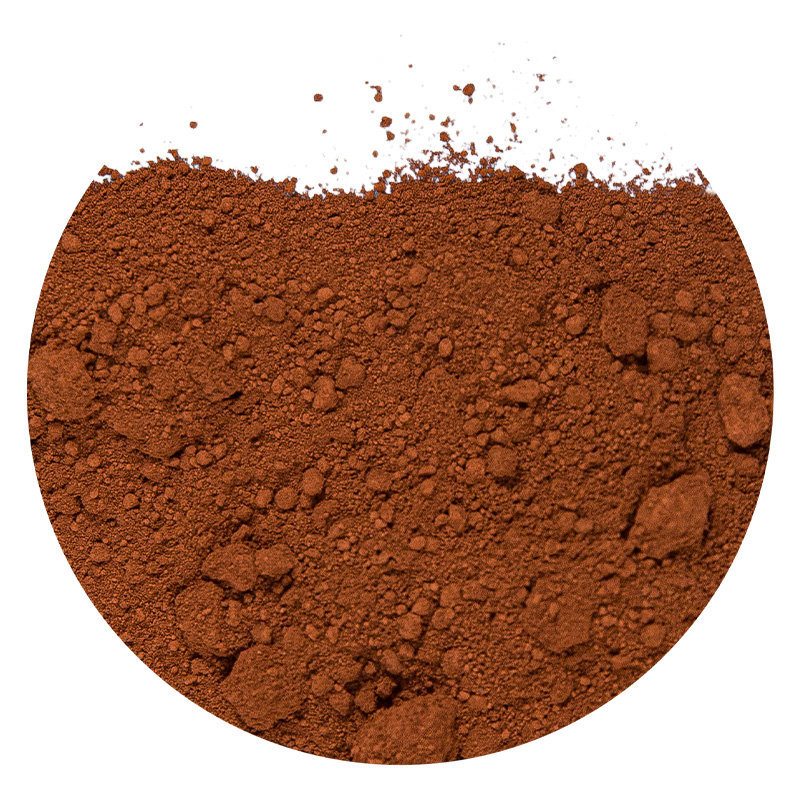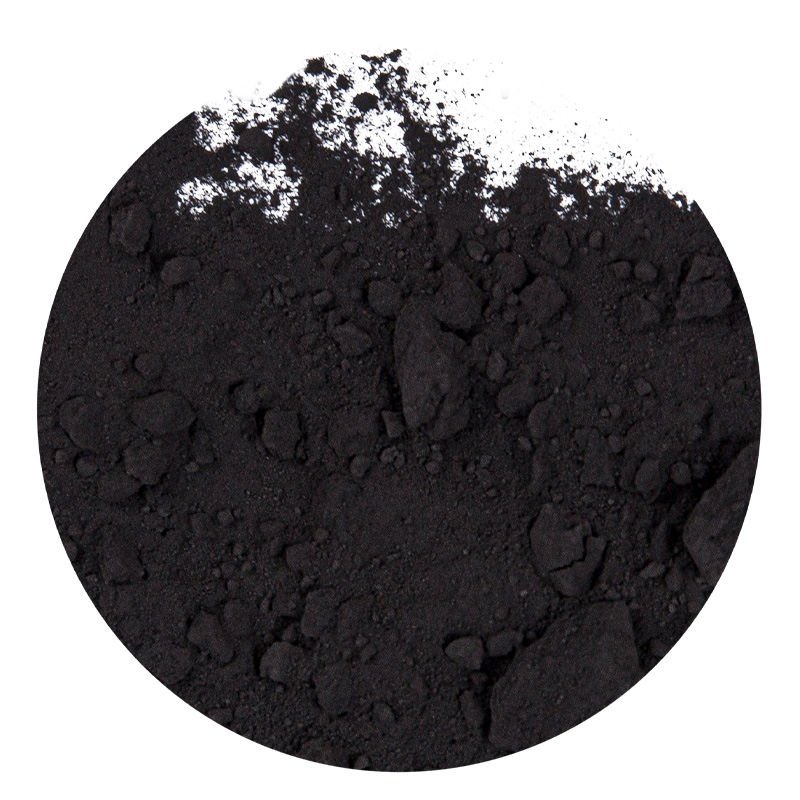Iron Oxide Powder Comprehensive Guide
1. Introduction
Iron Oxide Powder is an inorganic compound powder composed of iron and oxygen, mainly existing in three common forms: Fe₂O₃ (hematite), Fe₃O₄ (magnetite), and FeO (wüstite). These powders are widely used in industry, research, medical, and environmental fields due to their chemical stability, magnetic properties, high-temperature resistance, and eco-friendly characteristics.
Chemically, Fe₂O₃ is red with a density of about 5.24 g/cm³ and a melting point of 1565°C; Fe₃O₄ is black and magnetic with a density of 5.18 g/cm³ and a melting point of 1597°C; FeO is black, density 5.7 g/cm³, and easily oxidizes to Fe₃O₄.
Traditional iron oxide powders have particle sizes in the range of 1–10 μm, while nano-scale Iron Oxide Powder can be below 100 nm, increasing the specific surface area from 10 m²/g to over 100 m²/g. Particle size directly affects performance in catalysis, magnetic materials, biomedical imaging, and water treatment.
Compared with other metal oxides (like aluminum oxide or titanium oxide), Iron Oxide Powder has several advantages:
- Adjustable magnetism: Fe₃O₄ can achieve superparamagnetism through particle size control, suitable for magnetic separation and biomedical imaging.
- High eco-friendliness: free of heavy metals, ideal for water treatment and environmental remediation.
- High thermal stability: stable up to 1500°C, suitable for high-temperature industrial processes.
In summary, Iron Oxide Powder is a multifunctional, tunable, and widely applicable inorganic material. This article explores its synthesis methods, nanotechnology applications, water treatment, coatings, catalysts, and future development trends.
2. Synthesis Methods of Iron Oxide Powder
The performance of Iron Oxide Powder largely depends on its synthesis method. Different methods produce powders with differences in particle size, purity, morphology, magnetism, and surface area. Common methods include chemical co-precipitation, hydrothermal/solvothermal, sol-gel, and high-temperature solid-state reactions.
2.1 Chemical Co-precipitation
Principle: Iron salts (FeCl₃ and FeCl₂) are precipitated under alkaline conditions to form Fe₃O₄ or Fe₂O₃ powder.
- Temperature: 20–80°C
- pH: 9–11
- Reaction time: 1–4 hours
Characteristics:
- Particle size: 10–50 nm, adjustable by temperature and pH
- Magnetism: saturation magnetization 60–80 emu/g
- Advantages: simple, low-cost, suitable for large-scale production
- Disadvantages: particle size distribution slightly uneven, may require post-heat treatment
2.2 Hydrothermal/Solvothermal Method
Principle: Iron oxide powders are synthesized in a sealed reactor at high temperature and pressure, often used for nano powders.
- Temperature: 120–250°C
- Pressure: 1–10 MPa
- Reaction time: 6–24 hours
Characteristics:
- Uniform particle size: 5–20 nm
- Specific surface area: 50–150 m²/g
- Advantages: controllable size, uniform morphology, adjustable magnetism
- Disadvantages: high equipment cost, long production cycle
2.3 Sol-Gel Method
Principle: Metal salts or alkoxides undergo hydrolysis and condensation to form uniform iron oxide precursors, which are dried and calcined into powder.
- Precursor concentration: 0.1–1 mol/L
- Drying temperature: 80–120°C
- Calcination temperature: 300–700°C
Characteristics:
- Particle size: 20–80 nm
- High purity: ≥99%
- Advantages: uniform, allows doping and composite preparation
- Disadvantages: complex process, higher cost
2.4 High-Temperature Solid-State Method
Principle: Iron salts or oxides react with flux at high temperature to produce iron oxide powder.
- Temperature: 800–1200°C
- Reaction time: 2–6 hours
Characteristics:
- Particle size: 1–10 μm
- High magnetic stability
- Advantages: suitable for industrial-scale production
- Disadvantages: particle size hard to control, low surface area
2.5 Comparison Table
| Method | Particle Size | Specific Surface Area (m²/g) | Magnetism (emu/g) | Advantages | Disadvantages |
|---|---|---|---|---|---|
| Chemical Co-precipitation | 10–50 nm | 30–80 | 60–80 | Simple, low-cost | Particle size slightly uneven |
| Hydrothermal | 5–20 nm | 50–150 | 50–70 | Uniform, controllable | High equipment cost |
| Sol-Gel | 20–80 nm | 40–100 | 40–60 | High purity, uniform | Complex process |
| High-Temperature Solid-State | 1–10 μm | 5–20 | 70–80 | Industrial scale | Large particle size, low surface area |
3. Applications in Nanotechnology
Nano-scale Iron Oxide Powder has broad applications due to its unique physicochemical properties. Compared to micro-scale powders, nano Iron Oxide Powder has larger surface area, controllable particle size, and adjustable magnetism, offering advantages in biomedical, magnetic separation, catalysis, and sensor applications.
3.1 Particle Size and Surface Area
| Type | Particle Size | Specific Surface Area | Saturation Magnetization (emu/g) |
|---|---|---|---|
| Micro powder | 1–10 μm | 5–20 m²/g | 70–80 |
| Nano powder | 5–50 nm | 50–150 m²/g | 40–70 (adjustable) |
3.2 Biomedical Applications
- MRI Contrast Agent: 10–20 nm particles, 50–60 emu/g saturation magnetization
- Drug Delivery: 20–35% drug loading rate
- Superparamagnetism: Particles <20 nm respond to magnetic fields but have no residual magnetism
3.3 Environmental and Industrial Nano Applications
- Magnetic Separation: Adsorption capacity for As(III) ~25 mg/g, Pb(II) ~30 mg/g; 90% adsorption in 60 min
- Catalyst Support: High surface area suitable for Fenton reaction and organic pollutant degradation
3.4 Performance Tuning
- Particle size control via temperature, pH, precursor concentration
- Surface modification with silane, PEG, or biomolecules
- Magnetism tuning via Fe³⁺/Fe²⁺ ratio and calcination
4. Applications in Water Treatment
Iron Oxide Powder is widely used in water treatment for removing heavy metals, arsenic, dyes, and organic pollutants, and can be combined with magnetic separation for efficient recycling.
4.1 Heavy Metal Adsorption
| Metal | Nano Powder Adsorption Capacity (mg/g) | Micro Powder Adsorption Capacity (mg/g) | Removal Efficiency (Nano) |
|---|---|---|---|
| Pb(II) | 30–35 | 10–15 | 95–98% |
| Cd(II) | 20–25 | 8–12 | 90–95% |
| As(III) | 25 | 8 | 92–96% |
4.2 Organic Pollutant Degradation
Nano Iron Oxide Powder can generate active radicals in Fenton or photocatalytic reactions to degrade dyes and organics.
- Surface area: 50–150 m²/g
- Reaction time: 30–60 min for 95% degradation
- Optimal pH: 3–7
- Micro powders: 60–70% degradation in >120 min
4.3 Magnetic Separation
| Powder Type | Saturation Magnetization (emu/g) | Separation Time | Reuse Times |
|---|---|---|---|
| Nano Fe₃O₄ | 50–70 | <5 min | ≥10 |
| Micro Fe₃O₄ | 70–80 | 10–20 min | ≤5 |
5. Applications in Coatings and Pigments
Iron Oxide Powder is widely used in coatings due to its chemical stability, lightfastness, and vibrant colors.
5.1 Color and Optical Properties
| Type | Chemical Formula | Color | Pigment Application |
|---|---|---|---|
| Hematite | Fe₂O₃ | Red | Architectural coatings, paints, art pigments |
| Magnetite | Fe₃O₄ | Black | Corrosion-resistant coatings, industrial layers |
| Wüstite | FeO | Gray-black | Mixed pigments, specialty coatings |
5.2 Particle Size and Dispersibility
| Particle Size | Dispersibility | Coating Smoothness | Opacity |
|---|---|---|---|
| 0.1–1 μm | Excellent | High | High |
| 1–3 μm | Good | Medium | Medium |
| 3–5 μm | Average | Low | Low-Medium |
5.3 Chemical Resistance and Thermal Stability
| Powder Type | Stable Temperature | Features |
|---|---|---|
| Fe₂O₃ | ≤1565°C | Color stable, high-temperature resistant |
| Fe₃O₄ | ≤1597°C | Black, corrosion-resistant coatings |
| FeO | ≤1377°C | Used in pigment mixing |
6. Applications in Catalysis
Iron Oxide Powder is used as a catalyst due to its high surface area, tunable magnetism, and chemical stability.
6.1 Basic Catalytic Properties
| Indicator | Nano Iron Oxide Powder | Micro Iron Oxide Powder |
|---|---|---|
| Particle Size | 5–50 nm | 1–10 μm |
| Surface Area (m²/g) | 50–150 | 5–20 |
| Active Site Density | High | Low |
| Catalytic Efficiency | High | Medium-Low |
| Magnetic Separation | Fast (<5 min) | Slow (10–20 min) |
| Reuse Times | ≥10 | ≤5 |
7. Future Development
Future trends for Iron Oxide Powder focus on nanostructuring, surface modification, eco-friendly synthesis, and smart applications.
7.1 Nanostructuring and High Performance
| Indicator | Current Level | Future Potential |
|---|---|---|
| Particle Size | 10–50 nm | 5–20 nm |
| Surface Area | 50–150 m²/g | 100–200 m²/g |
| Saturation Magnetization | 50–70 emu/g | 60–80 emu/g |
| Catalytic/Adsorption Efficiency | 80–95% | 90–99% |
7.2 Surface Modification and Composites
| Modification | Advantages | Applications |
|---|---|---|
| Polymer coating | Improved dispersibility | Drug delivery, environmental adsorption |
| Silane modification | Enhanced thermal stability | High-temperature coatings, catalyst support |
| Composite oxides | Enhanced catalytic activity | Fenton reaction, hydrogen production |
7.3 Eco-friendly and Sustainable Development
- Low-temperature synthesis (<200°C)
- ≥10 reuse cycles
- Heavy metal-free, green material
7.4 Smart Applications
- Magnetically controlled smart materials for remote drug release or water treatment
- Nano-catalysis integrated with microreactors for high-efficiency continuous reactions
8. Conclusion
- Synthesis: multiple methods to meet particle size and performance needs
- Nanotechnology applications: MRI, drug delivery, magnetic separation, catalysis
- Water treatment: high adsorption, magnetic separation, reusable
- Coatings and pigments: color stable, dispersible, durable
- Catalysis: high active sites, suitable for ammonia, hydrogen, wastewater degradation
Future developments will enhance performance and applications, making Iron Oxide Powder a key multifunctional inorganic material.
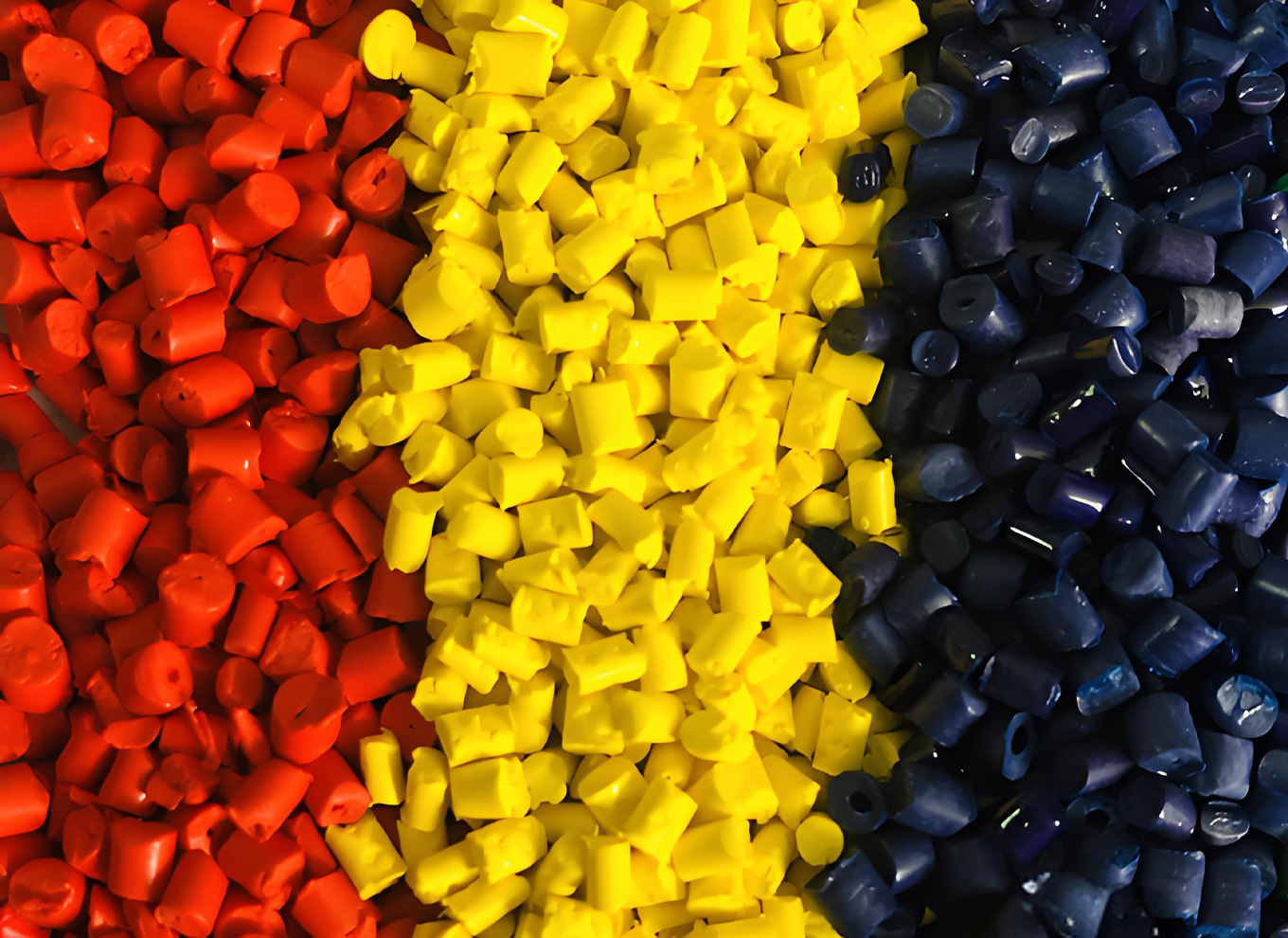
FAQ
FAQ 1: What are the main applications of Iron Oxide Powder?
Iron Oxide Powder is a multifunctional inorganic material with applications in:
- Nanotechnology: MRI contrast agents, targeted drug delivery, magnetic separation (5–50 nm particles, 50–150 m²/g surface area)
- Water treatment: remove heavy metals and organics; magnetic recovery and recycling
- Coatings and pigments: stable color, heat and light resistance
- Catalysis: ammonia synthesis, hydrogen production, organic wastewater degradation
Deqing Demi Pigment Technology Co. , Ltd specializes in inorganic iron oxide pigment R&D and production, offering red, yellow, black, brown, green, orange, and blue pigments in standard, micronized, and low-heavy-metal series.
FAQ 2: How to choose the right particle size and type of Iron Oxide Powder?
- Nano powder (5–50 nm): magnetic separation, nano catalysis, biomedical
- Micro powder (1–10 μm): coatings, pigments, industrial catalysis
- Type: Fe₂O₃ (red, stable), Fe₃O₄ (black, magnetic), FeO (gray-black, mixed pigment)
Deqing Demi Pigment Technology Co. , Ltd offers three series of Iron Oxide Powder customized for particle size, surface area, and heavy metal content, ensuring suitability for research and industrial applications while focusing on eco-friendly and safe production.
FAQ 3: What are the environmental and sustainability advantages of Iron Oxide Powder?
- Non-toxic and eco-friendly, safe for water treatment
- High reuse rate: nano Fe₃O₄ can be magnetically recycled ≥10 times
- High adsorption and catalytic efficiency for heavy metals and organics
Deqing Demi Pigment Technology Co. , Ltd actively fulfills social responsibility, focusing on environmental protection, production safety, and employee health. Its high-performance Iron Oxide Powder applies to industry, research, and environmental protection. Deqing Hele New Material Technology Co Ltd is the trade company handling product distribution and customer service.

 English
English عربى
عربى русский
русский Español
Español